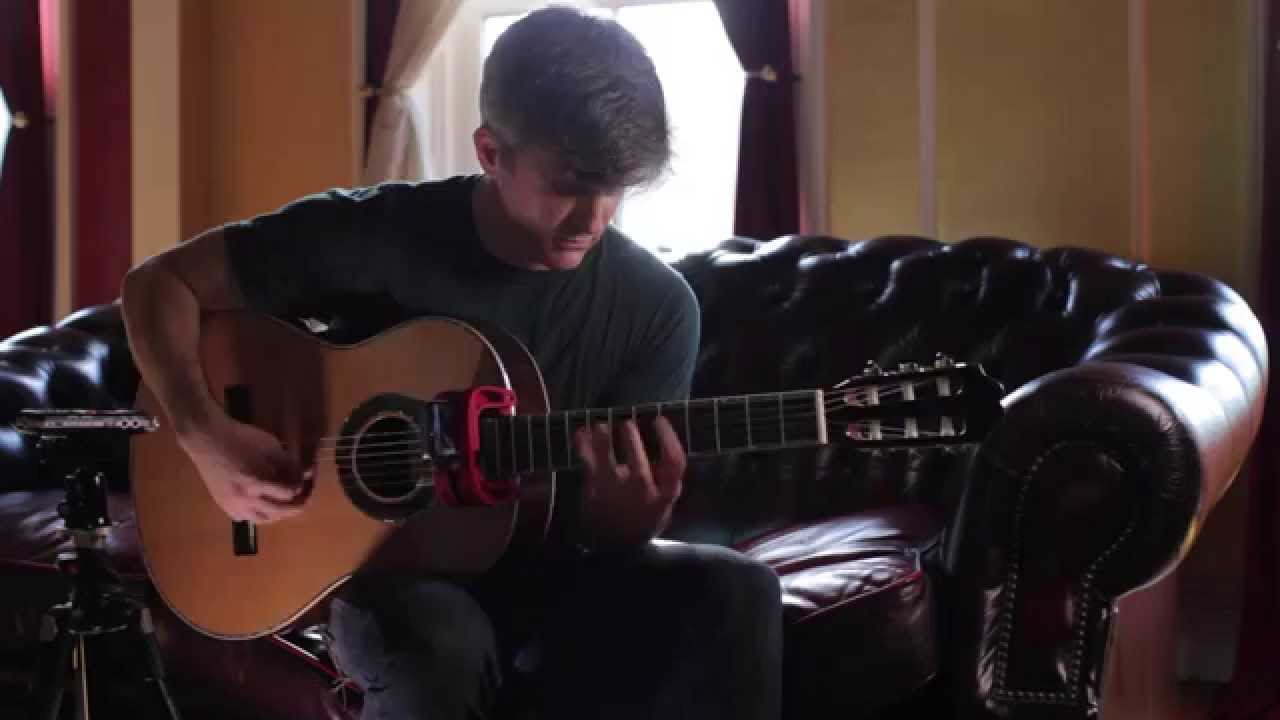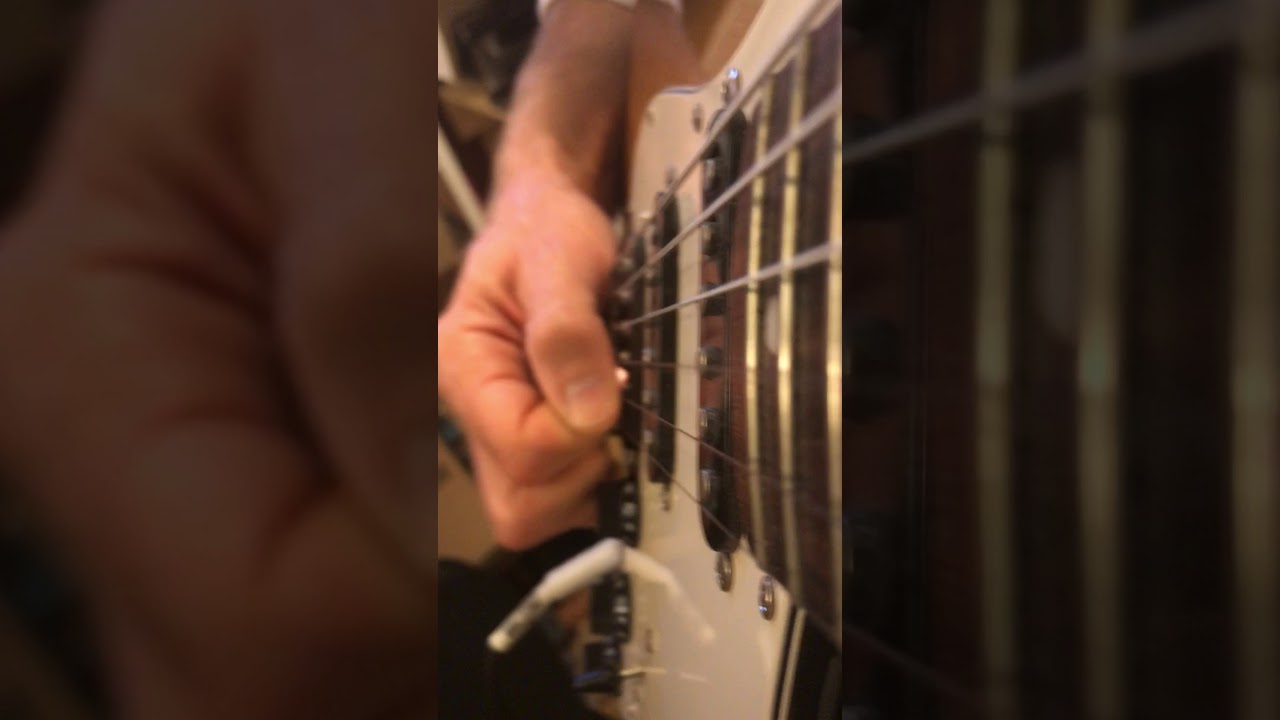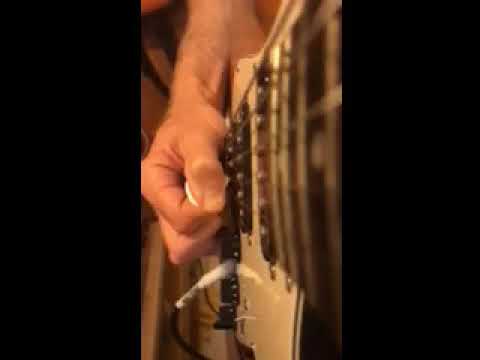Thanks for those responses; gonna process all that…
I’ll post a one-string video soon, but meanwhile I wanted to add that it seems to me that my stringhopping is not only a problem for string changing of any kind - but also for accuracy.
Hopping creates fatigue, that’s number one. But maybe worse, hopping (at least in my case) means that my anchor is bouncing. Probably like a guy trying to shoot a cue ball with his shoulder, elbow, wrist and fingers all getting in on the act - it’s hopeless for him to shoot consistently straight like that. He must cut down on the multiplicity of motions or it’ll never go.
Likewise, I think the hopping is a sign of too many muscle groups vying for control of the pick. And so I end up with erratic play, accuracy-wise.









